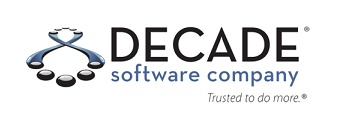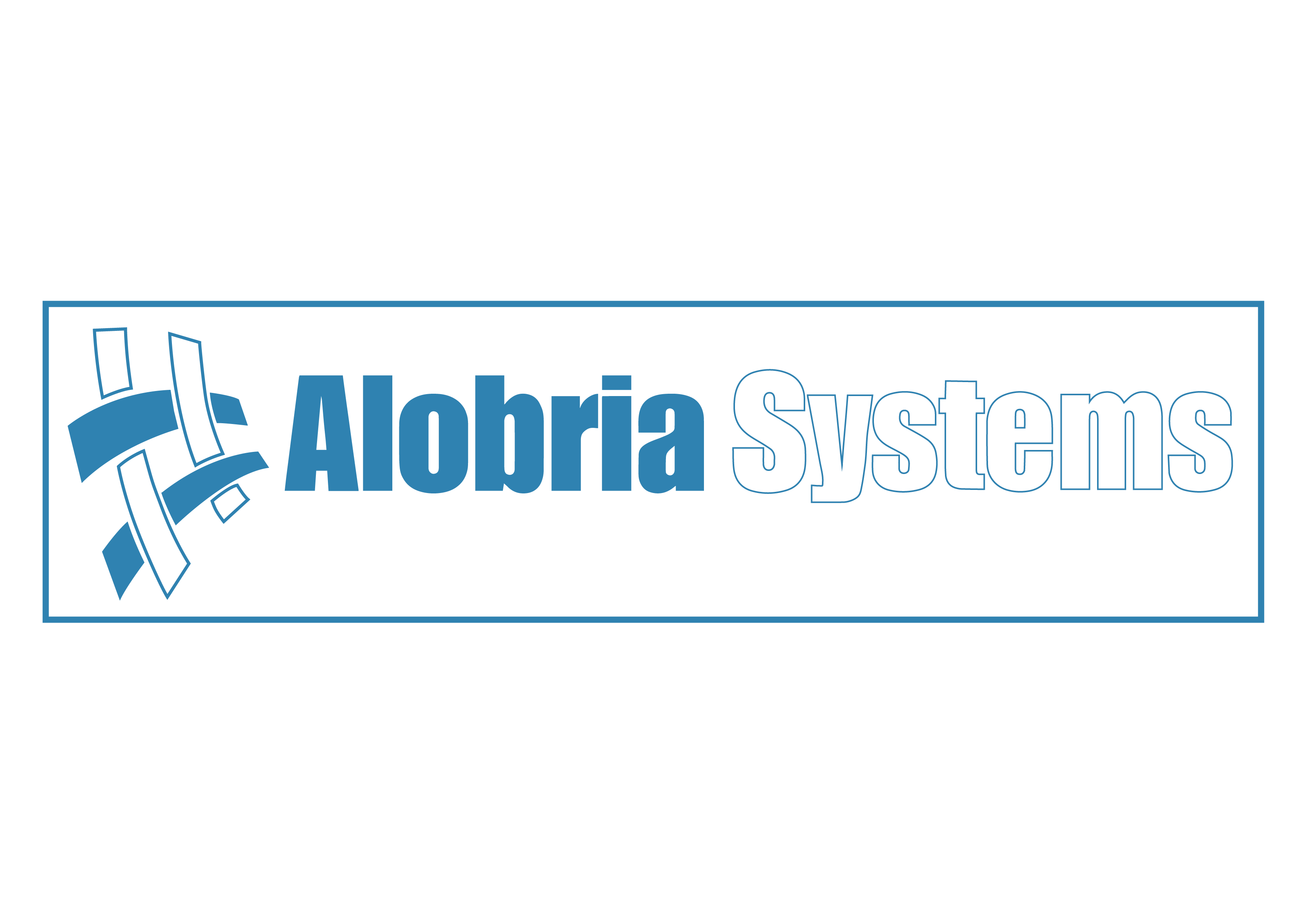
Project Overview
Decade software is a company that published one of the most popular of the public health inspection maintenance systems used in the public sector. This is a very complex system that maintains all the regulations for county inspectors to ensure local restaurants, gas stations, and other establishments do not break any laws regarding public health. Inspectors would take these systems into the field on laptops and use them while doing random field inspections, recording all the information necessary to either pass or fail a location.
Solution
We were asked to assist the internal team at Decade Software to update their system to run faster and with more advanced technology. We also introduced the latest quality approaches to their development team, ensuring the team would internalize the new procedures and continue with them throughout the rest of the project.
The system design required that the laptops be able to run and execute the application while disconnected from the network, then update all the information when they returned to the headquarters.
Technical Details
Since the application would often run while disconnected, it was necessary to build it as a Winforms application instead of a web application. We introduced Dependency Injection and other software patterns to break the existing system up into smaller pieces that were more easily managed.




